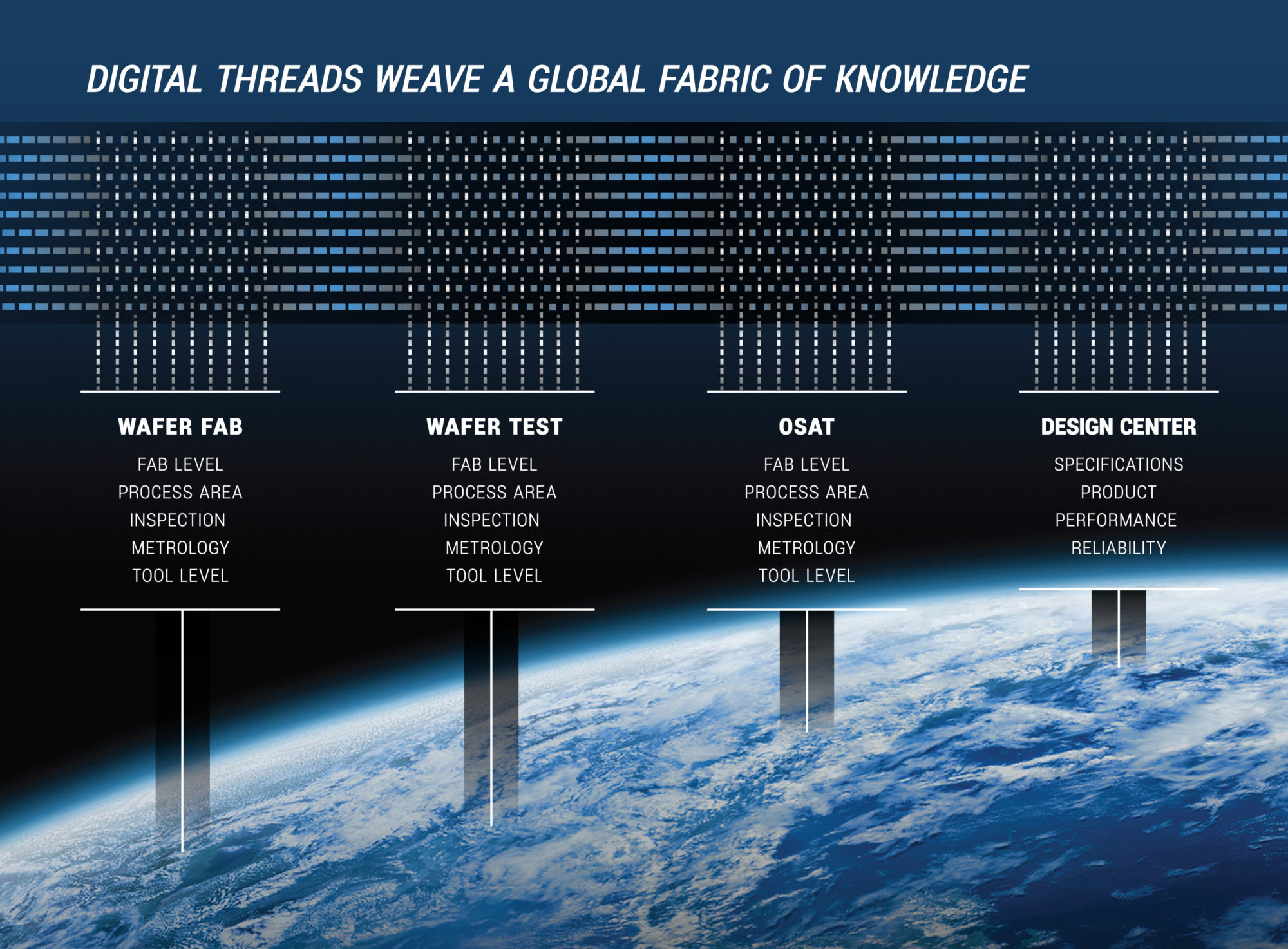Article posted on Jul 10, 2018


The semiconductor industry is collecting massive amounts of data from fab equipment and other sources. But is the trend toward using that data in a Smart Manufacturing or Industry 4.0 approach happening fast enough in what Mike Plisinski, CEO of Rudolph Technologies, calls a “very conservative” chip manufacturing sector?
“There are a lot of buzzwords being thrown around now, and much of it has existed for a long time with APC, FDC, and other existing capabilities. What was inhibiting the industry in the past was the ability to align this huge volume of data,” Plisinski said.
While the industry became successful at adding sensors to tools and collecting data, the ability to track that data and make use of it in predictive maintenance or other analytics thus far “has had minimal success,” he said. With fab processes and manufacturing supply chains getting more complex, customers are trying to figure out how to move beyond implementing statistical process control (SPC) on data streams.
What is the next step? Plisinski said now that individual processes are well understood, the next phase is data alignment across the fab’s systems. As control of leading-edge processes becomes more challenging, customers realize that the interactions between the process steps must be understood more deeply.
“Understanding these interactions requires aligning these digital threads and data streams. When a customer understands that when a chamber changes temperature by point one degrees Celsius, it impacts the critical dimensions of the lithography process by X, Y, and Z. Understanding those interactions has been a significant challenge and is an area that we have focused on from a variety of angles over the last five years,” Plisinski said.